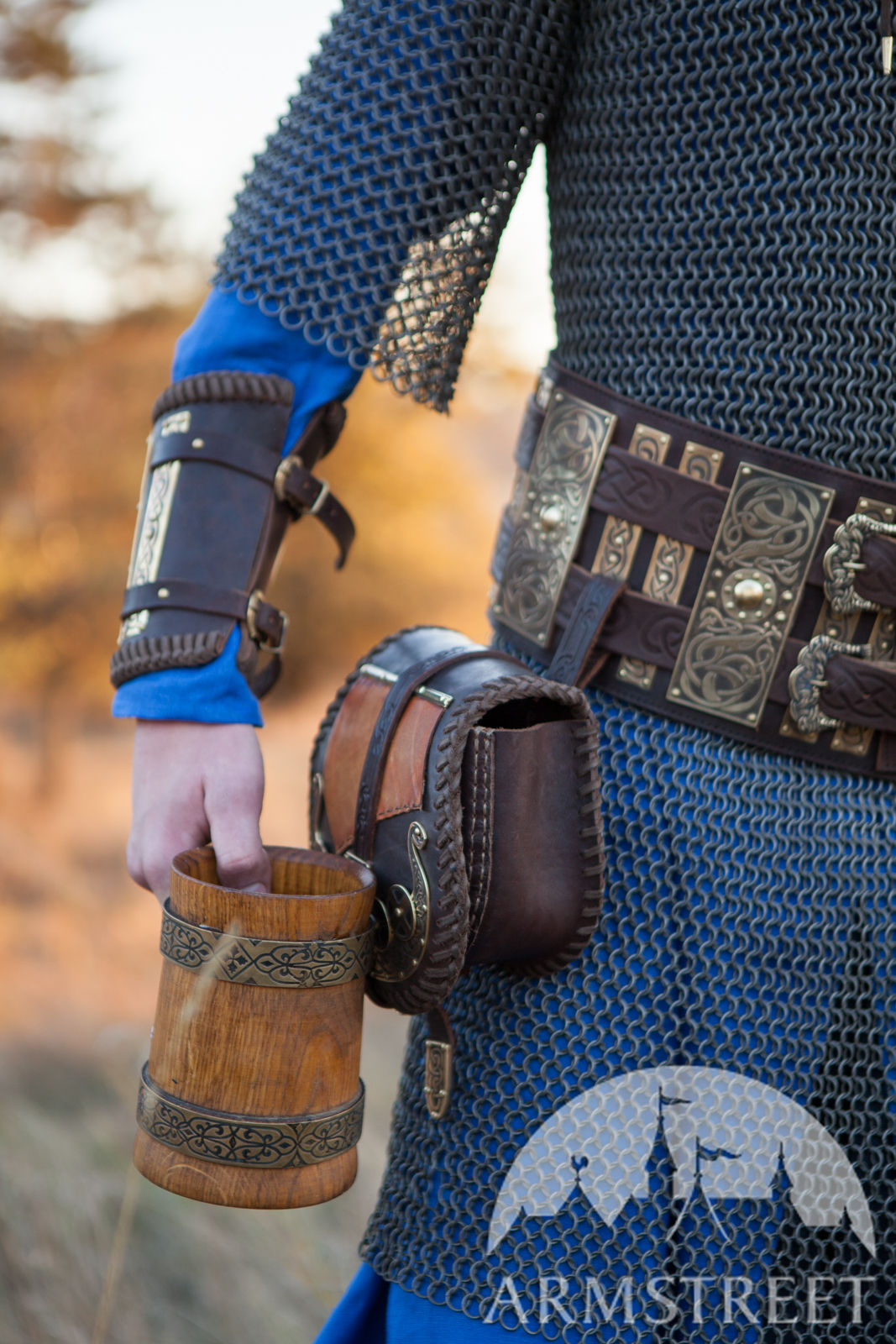
His first trip as commander of the pirate ship St George was a failure. In 1703, with England fighting the War of the Spanish Succession, Dampier returned to privateering. The drawings are not very accurate, but they are the first known images of Australian flora and fauna made by a European.ĭespite its success, A Voyage to New Holland, like all of Dampier’s books, made much more money for its unscrupulous publisher than it did for its author. However, the expedition provided Dampier with the material for his next book, A Voyage to New Holland, which was published in two parts in 17.Īs with his first book, it sold well, in part because it contained engravings of birds, fish and plants drawn by drafter James Brand.

He was found guilty and had his entire salary for the expedition docked. Upon his return to England in 1701, Dampier was court-martialled for his mistreatment of Fisher. Everyone aboard survived, and Dampier was able to rescue his notes, diary and some specimens before the ship went down. The Roebuck finally sank at Ascension Island in the mid-Atlantic. But the Roebuck was now leaking badly and his crew’s morale was running low, so he decided to return to England. It is likely that Fisher and the other officers resented having a civilian in command, particularly one with a buccaneering background.ĭampier intended to return to New Holland and visit the east coast. Soon after the Roebuck left England, he had his second in command, Lieutenant George Fisher, caned and clapped in irons following a heated argument – a punishment inappropriate for an officer. Though a capable navigator, Dampier was not a good leader of men. The west coast had already been mapped by the Dutch, most notably by Abel Tasman, whose chart Dampier used.

Instead he headed east and entered the Indian Ocean via the Cape of Good Hope (the tip of Africa), which meant it was the west coast of New Holland that he encountered, not the east. Mariner's callipers traditionally thought to have belonged to William Dampierĭampier had intended to travel westwards to New Holland via Cape Horn (the tip of South America), but delays in fitting out the Roebuck meant he arrived in South America in winter, when it was too dangerous to attempt to round the Horn.


 0 kommentar(er)
0 kommentar(er)
